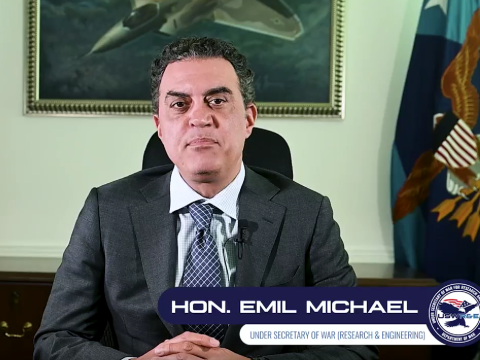Innovation Is a Growing Factor In the Future of Information Technology
It is hard not to find an agency or organization within the U.S. government that does not have an innovation office. Some are more refined and active than others, but innovation is being seen more and more as part of the process for staying abreast or identifying the future of information technology and cybersecurity. While several positive innovation initiatives exist, one that appears to have a lot of potential value is the Department of Defense Rapid Innovation Fund (RIF). It integrates innovation with the acquisition process and provides funding to encourage small businesses.
In 2014, then-Secretary of Defense Chuck Hagel established innovation as a strategic goal, but it has been Ash Carter who really has taken this to heart. Confirmed as the new secretary of defense in February 2015, Carter had less than two months in office when in a speech at Stanford University he highlighted “innovation and cybersecurity” as an important goal. The science background of the secretary has to be a factor in his understanding that innovation is a mechanism for keeping pace with the continuum of changes in information technology and cybersecurity.
On March 1 Carter’s innovation goal was translated into a funded broad agency announcement (BAA) for the Rapid Innovation Fund, or RIF . This is a great leap forward for identifying and bringing on board new technologies that will allow the military services to keep ahead of major global adversaries such as China and the Russia. RIF BAA funding is limited to $3 million per award and is focused on small businesses. The Office of the Secretary of Defense, along with the assistant secretary of defense for research and engineering and the Office of Small Business, will work collaboratively to administer the program. Defense Department Chief Information Officer Terry Halvorsen, who has for most of his career been involved in technical innovation, will play a pivotal role in the RIF BAA and the growing role of innovation in information technology and cybersecurity.
Secretary Carter has not sat back, leaving it to his staff to implement his innovation goal. He has been involved actively in ensuring that innovation is not just a buzz word. What better example than, after the release of the RIF BAA on March 1, hosting a recent “Shark Tank” on March 3 where he and other senior Defense Department officials had a technology engagement with five small companies (Hacking 4 Defense [H4D], Bromium, Quid; Saildrone and Qadium) on the innovative technology each believed would help the department accomplish its missions. Nothing stirs the pot of innovation more than when the boss is involved.
Throughout the federal government, to include the intelligence community, the recognition of innovation as a mechanism for introducing new technologies is being realized.
And, this idea of treating innovation as a mechanism for recognizing new technologies also is changing some legacy warfighting elements such as command, control, communications, computer & intelligence (C4I). The AFCEA George Mason University C4I Symposium, scheduled for May 18-19, will bring together academia, industry and government with an agenda that is entirely focused on innovation and how it can affect and improve this critical warfighting discipline. Innovation not only will affect warfighting, but also will become an element that acquisition authorities across the federal government will be considering in awards to come.
David E. Meadows is a retired U.S. Navy captain and the author of the Sixth Fleet series, along with Seawolf, Tomcat, Final Run and other action-adventure novels.




Comments